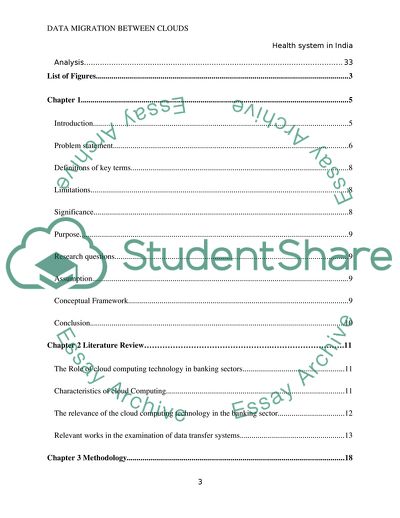Cite this document
(Data Migration Between Clouds Thesis Example | Topics and Well Written Essays - 2000 words, n.d.)
Data Migration Between Clouds Thesis Example | Topics and Well Written Essays - 2000 words. Retrieved from https://studentshare.org/information-technology/1793967-data-migration-between-clouds
Data Migration Between Clouds Thesis Example | Topics and Well Written Essays - 2000 words. Retrieved from https://studentshare.org/information-technology/1793967-data-migration-between-clouds
(Data Migration Between Clouds Thesis Example | Topics and Well Written Essays - 2000 Words)
Data Migration Between Clouds Thesis Example | Topics and Well Written Essays - 2000 Words. https://studentshare.org/information-technology/1793967-data-migration-between-clouds.
Data Migration Between Clouds Thesis Example | Topics and Well Written Essays - 2000 Words. https://studentshare.org/information-technology/1793967-data-migration-between-clouds.
“Data Migration Between Clouds Thesis Example | Topics and Well Written Essays - 2000 Words”. https://studentshare.org/information-technology/1793967-data-migration-between-clouds.


